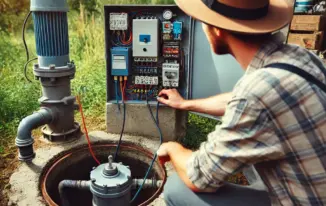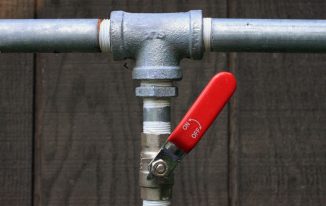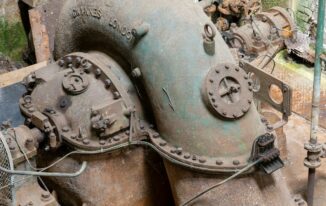Key Takeaways
- Learn the common reasons why a well might stop working suddenly.
- Discover practical steps to troubleshoot and fix well issues.
- Understand when it’s time to call a professional for help.
Table of Contents
- Recognizing Common Issues
- Troubleshooting Steps
- When to Call Professionals
- Preventive Maintenance Tips
Recognizing Common Issues
If your well unexpectedly stops delivering water, the initial action is to look for apparent problems. Verify that the power to the well pump is functioning by inspecting the circuit breaker and resetting it if needed. A drop in water pressure or air from the faucets might suggest an issue with the pump or pressure tank. In chilly weather, frozen pipes could also impede water flow. If you notice unusual noises coming from the pump or see discolored water, it may indicate that the well has dried up or is facing mechanical problems.
Professional help may be needed in urgent situations, especially without apparent cause. A well pump failure can happen unexpectedly, leaving you without water for essential tasks. In such cases, seeking 24/7 emergency well pump repairs can quickly restore water access. Swift action helps avert additional harm and guarantees a consistent water supply.

Troubleshooting Steps
When your well ceases to provide water, an organized method for troubleshooting can be efficient and effective. Begin by verifying that your circuit is receiving power. Go to your circuit breaker or fuse box, check that the switches are correctly configured, and look for any blown fuses that might interrupt the power supply. If the electricity isn’t the problem, focus on the pump system.
Advancing further into mechanical inspection, it’s wise to scrutinize the various components like the pressure switch or control box. These are common failure points in a well system. The pressure switch that activates the pump could fail due to corrosion or age. At the same time, the control box, accountable for electrical corrections, might be disrupted by harsher conditions or worn contacts.
- Check the Electrical Connections: Ensure all wiring connections are secure, clean, and without corrosion. An unstable connection can cause the pump to run or not operate intermittently.
- Inspect the Pump’s Pressure Switch: Look for signs of damage or burnt contacts. Testing and replacing this component might resolve your water delivery issue.
- Examine the Control Box: Open the box and listen for any humming sounds indicating operational failure. If silent, check for burnt components or misaligned connections.
When to Call Professionals
Reflective decision-making is crucial when addressing issues you cannot solve alone. Professional intervention becomes necessary when the job’s complexity transcends basic repairs, especially in scenarios involving pump replacements or when encountering significant plumbing system failures. The expertise that professionals bring not only resolves underlying issues but also enhances the system’s longevity.
Experts possess specialized equipment and extensive knowledge, enabling them to identify and fix problems faster than a non-professional could. Their participation typically reduces system outages and improves long-term reliability. By relying on them for the job, you lessen the chances of extended interruptions and ensure reliable access to your water supply.
Preventive Maintenance Tips
Preventive maintenance remains one of the most effective strategies for reducing unforeseen failures in sound systems. Regular checks and adopting a maintenance routine can easily prevent minor issues from snowballing into more extensive, more costly repairs. Key upkeep tasks include maintaining clean and clear pressure gauges, testing the system periodically, and scheduling regular inspections to address minor wear before it becomes a significant problem.
Emphasizing proactive strategies prompts better system management over time, thus ensuring reliability. Scheduling professional inspections annually can also unveil minor concerns, preventing them from becoming major issues.


